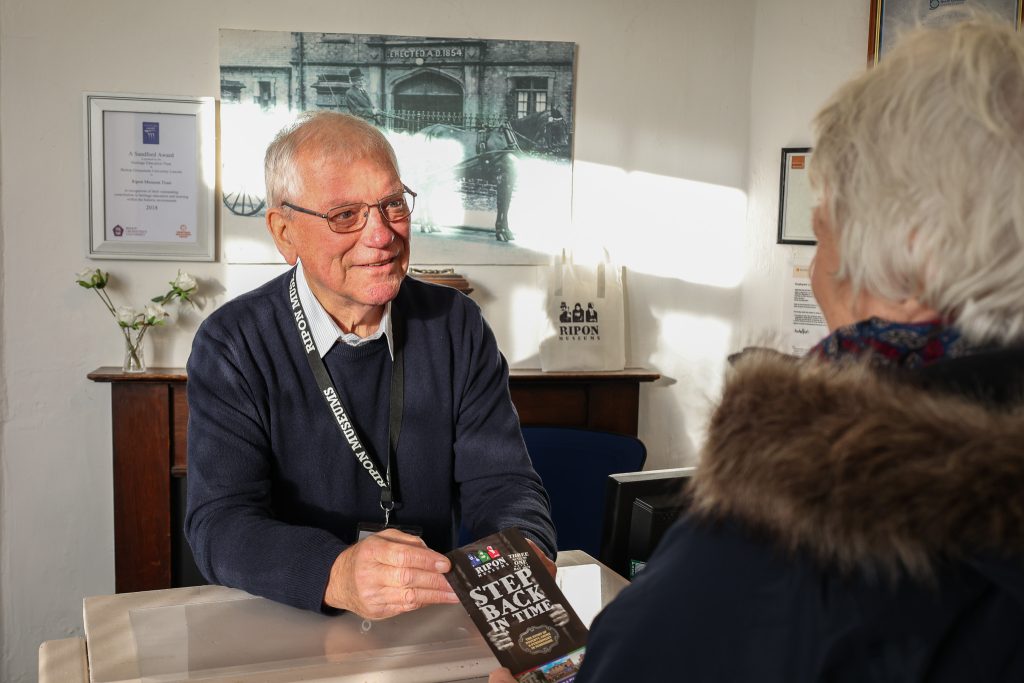While volunteering at the Workhouse Museum, I had the opportunity to look at a selection of issues of the Police Gazette. The Police Gazette was a newspaper that reported on crimes and the selection focused mostly on various counties.
Initially, I was interested if I could find any cases that mentioned Ripon. I found Isaac Smith, described as being a ‘tramp’ and a ‘native of Ripon’. I found the case had quite a bit of information on Isaac as a person and using the approach of Dr Nicholas Crowson, I looked at how homelessness and disability affected Isaac.1
In August 1884, Isaac Smith and others were on trial in Northallerton for stealing a springcart. Isaac was a ‘tramp’, which meant someone who had no home and would often travel. He was only 21 and on the streets, with only old clothes and a set of ‘displaced ribs’.
It’s uncertain whether this meant that his ribs had been broken or if he was born with this but it may suggest that he was unable to work. Doctors were also expensive at this time. It may have impacted him if he did go to Ripon Workhouse, especially with vagrants being expected to work in exchange for stay, but there is no mention in the Gazette.
Isaac was arrested alongside Francis Smith. Francis’ surname suggests that he could have been a family member. There were also two others from Scarborough, one of which was Edward Lindsay, that Isaac may have met during his travels. I think this group served as a way for Isaac to be able to cope with life on the streets by having others to confide in and to relate to.
However, being in this group would also be pressuring for Isaac with Francis and Edward being 17 and 15. It is common to think of the harsh labour at factories Victorian children went through but the government had acted to actually reduce hours children worked during this era.2 However, school was only made compulsory for up to those aged 10.3 Children still did not have the same educational opportunities as today and Isaac may have had to act as protector and role model instead, due to the absence of support from those such as teachers.
With these lack of opportunities, the group may have stolen the springcart of mischief or boredom or as a way of alternative transport due to Isaac’s condition.
Sadly, we are not given a reason why. I imagine that Isaac and the group would have been nervous while awaiting trial in Northallerton, and the Gazette makes no later mentions of the outcomes of the trial. I do wonder what evidence was used in the trial and what Isaac’s defense may have been.
3https://www.parliament.uk/about/living-heritage/transformingsociety/livinglearning/school/overview/1870e ducationact/ 2https://www.parliament.uk/about/living-heritage/transformingsociety/livinglearning/19thcentury/overview/l aterfactoryleg/legislation 1 https://youtube.com/watch?v=Ev3kChcwMAE
However, I think it’s important to not forget what answers we do get. Using Crowson’s approach, we discover both the hardships Isaac faced and the ways he coped, all from a small mention in the Police Gazette.4 And we learn about Victorian poverty beyond the workhouse.
4 https://
